The life and appearance of your new floor is directly related to the maintenance it receives. Be sure to read the manufacturer’s brochure. If you have not received one or do not understand what procedures and products to use, please call your salesperson. The information here is to serve as a general reference for care of your new floor.
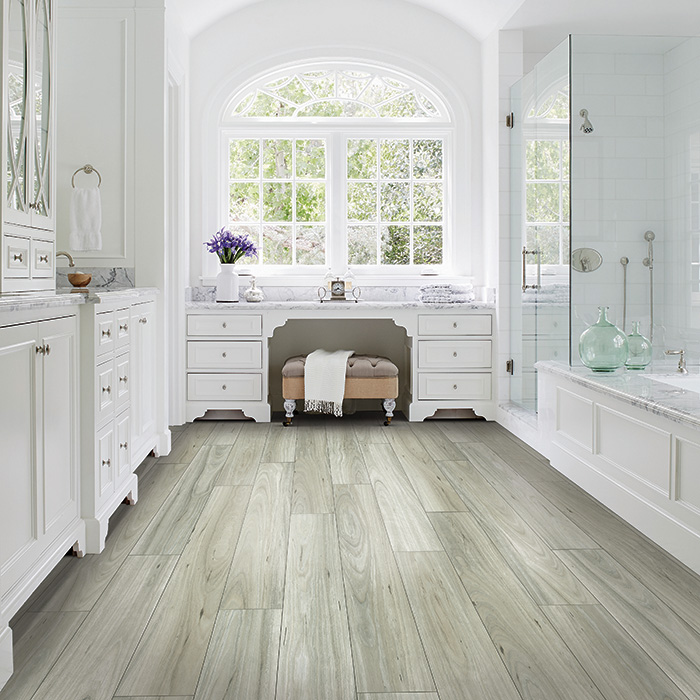
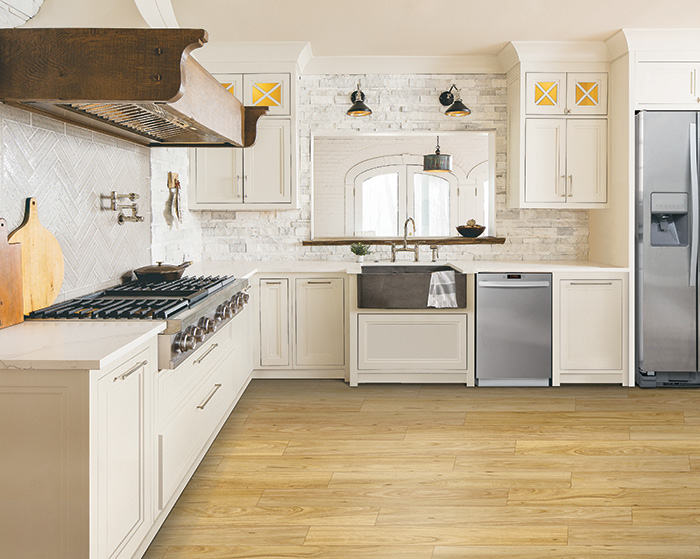


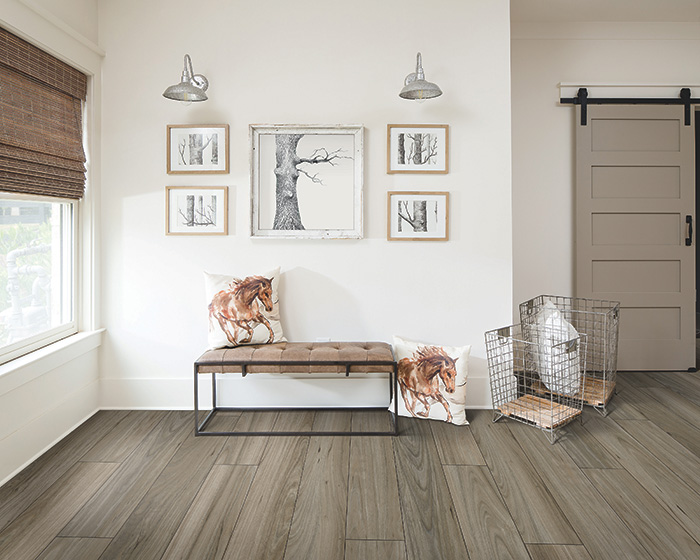
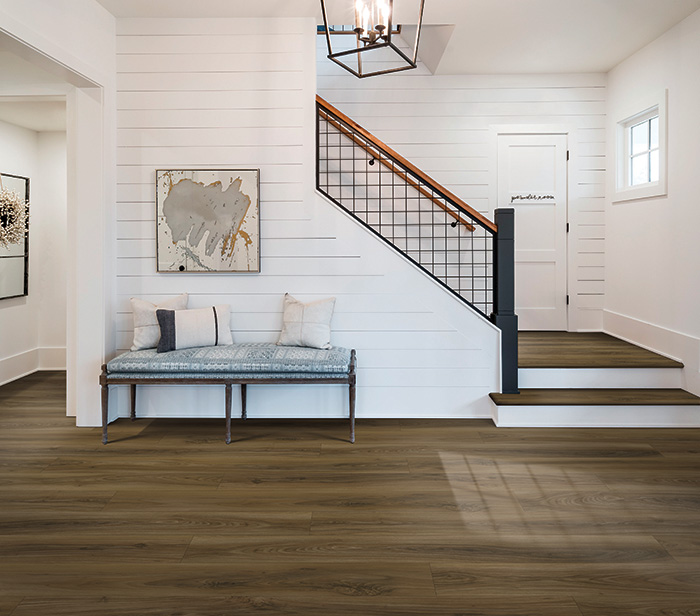
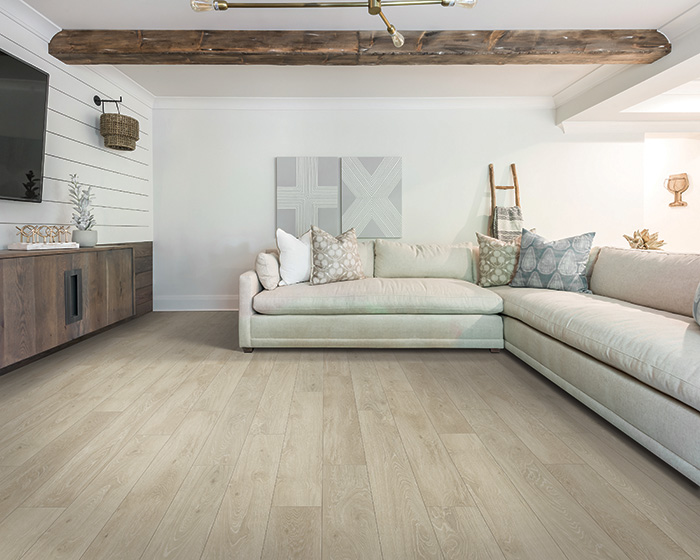


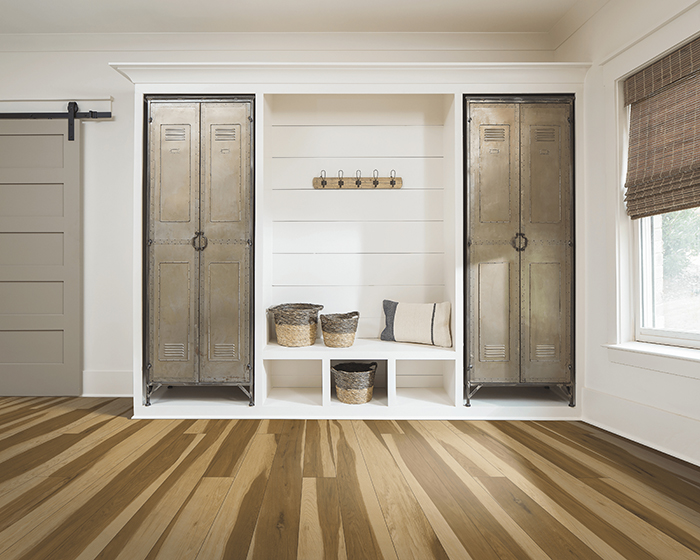
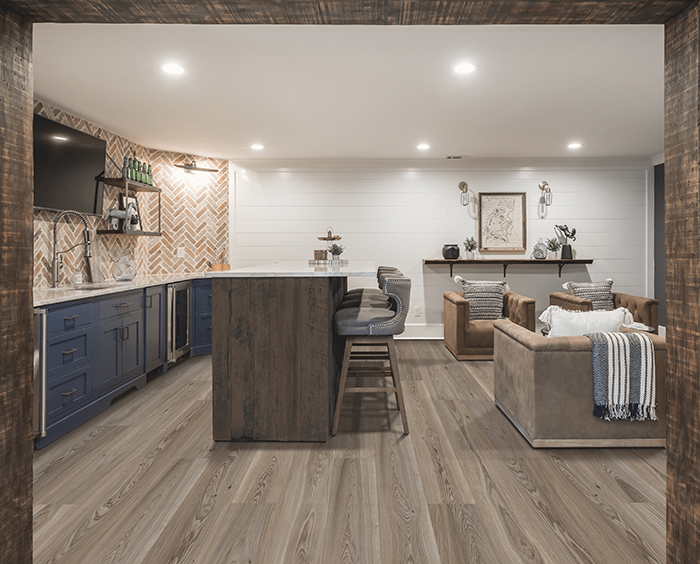
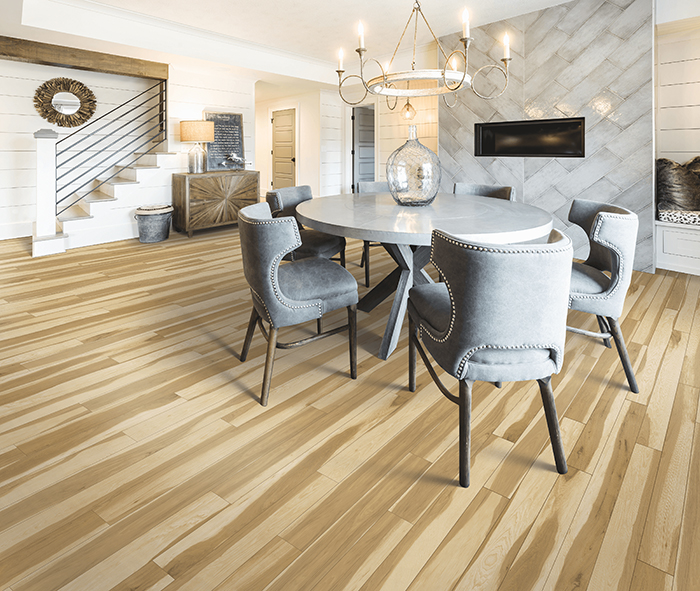
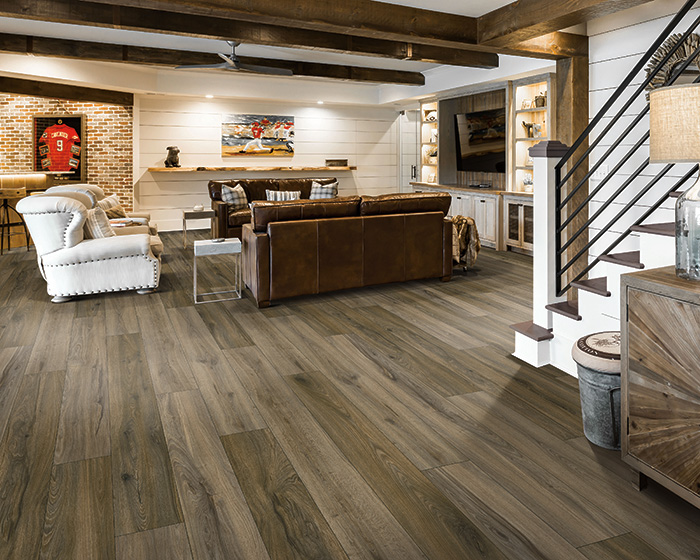
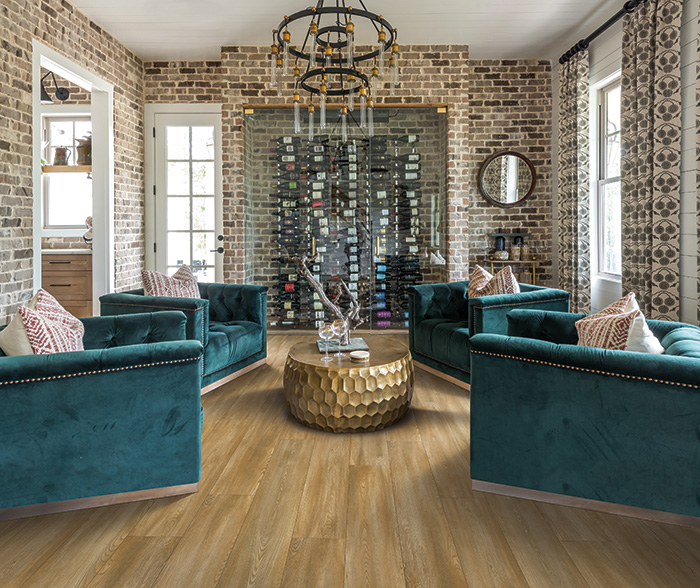

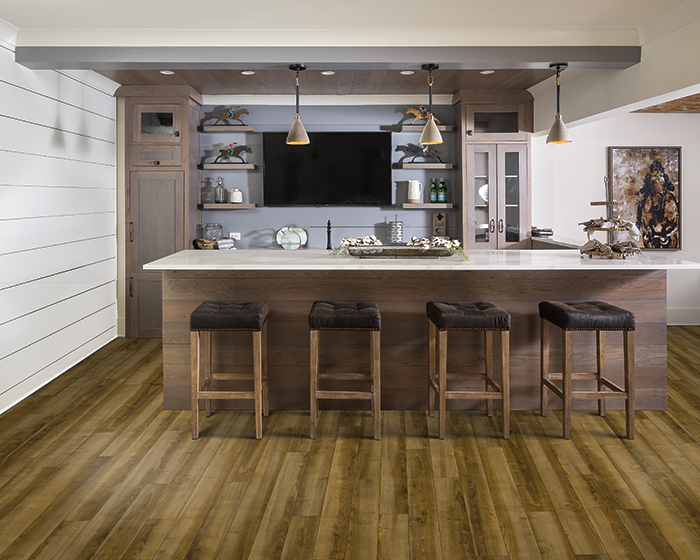
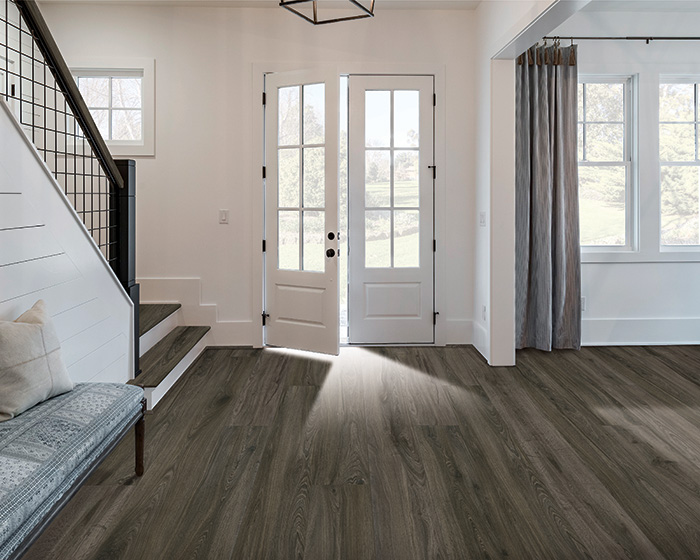
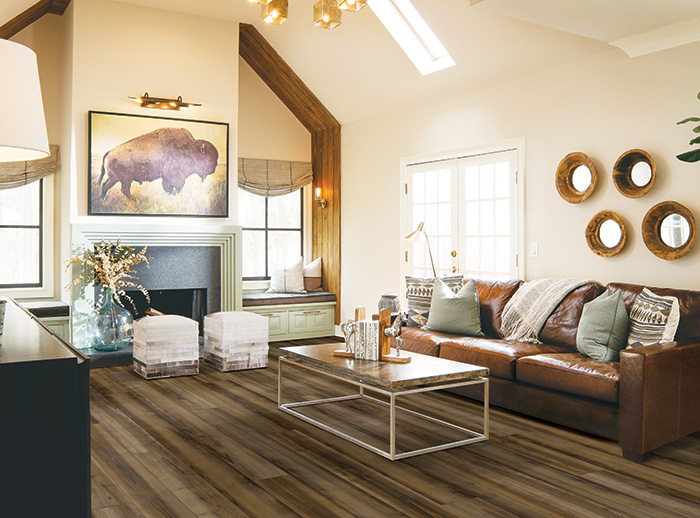
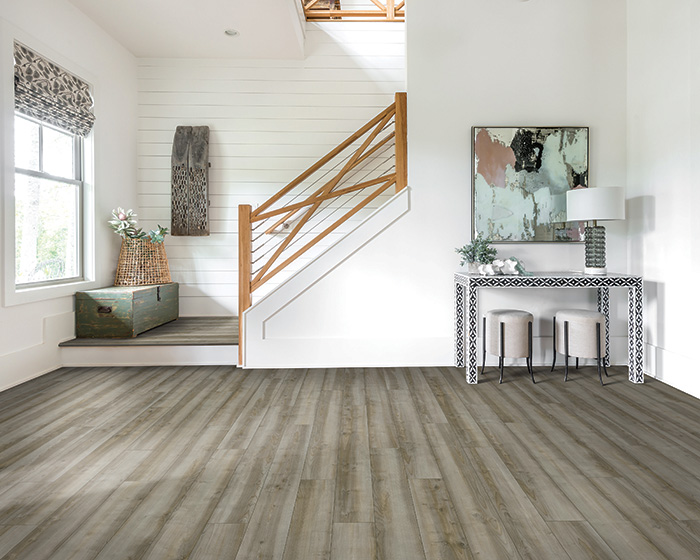
When the Floor is Brand New
Do not move furniture onto the floor for 24 hours. Avoid heavy foot traffic, during this time to allow the adhesive to dry. If the floor has been seamed, do not disturb the seam sealer for several hours so it can set. Damp mop the floor the day after installation using clean warm water to remove any loose dirt as well as the black face markers. For future maintenance care follow the steps listed below.
Easy Maintenance
Sweep the floor daily with a a soft broom or dust mop to prevent accumulation of dirt or grit that can scratch or dull its surface. Spills should be wiped up promptly before they become sticky or hard.
When your floor starts looking slightly dirty all over, sweep or vacuum thoroughly. Damp-mop with a sponge mop and warm water, pressing hard enough to loosen the surface dirt. A small amount of white vinegar can be added. Do a small area at a time, wringing the sponge out frequently to be sure you’re picking up the dirt and not just redistributing it. For a large floor, change the water several times so dirt doesn’t get re-deposited onto the floor.
Washing your Floor
When damp mopping no longer does an adequate cleaning job, its time to wash the floor. Begin by sweeping or vacuuming the floor, then you can use a vinyl-safe floor cleaner (visit your nearest Coles location for best options).
For slightly soiled or frequently washed floors, you can wash the floor with a cleaning solution made according to the label instructions on a general-purpose liquid detergent.
- Ideally, you should use one sponge mop and bucket to wash the floor and another mop and bucket to rinse. If you use only one mop, no matter how much you wring it out, you won’t get all the detergent out of the sponge, and a dulling film will be left on your floor.
- Dip your sponge mop into the cleaning solution, and without wringing it out, spread the cleaning solution on a small area of the floor (about 3′ x 3′). Relax for a minute, and let the cleaning solution do the work for you. The detergent action will loosen a lot of the dirt and keep it suspended for easy pickup.
- Now go over the area again with the sponge mop, scrubbing hard enough to loosen the remaining dirt. If you have a mop with a nylon-scrubbing pad, you can get up hard-to-remove marks with the nylon pad.
- Wring out the sponge mop thoroughly, and take up the cleaning solution left on the floor.
- Take a second bucket of clean warm water and a “rinse-only” mop, and rinse thoroughly. Often, general-purpose detergent directions will say rinsing is not necessary. While this may be true on other surfaces, it’s not true on floors-any detergent left on a floor will hold tracked-in dirt and dull the surface.
- Repeat this procedure of washing and rinsing one area at a time until the whole floor is clean. Note: NEVER USE HARSH ABRASIVE CLEANSERS OR “SOFT” ABRASIVE CLEANSERS THAT WILL SCRATCH THE SURFACE.
Normal Care For High-Gloss Floors (Urethane Finishes)
If the luster diminishes, application of a high quality acrylic emulsion floor polish is recommended. Never use one-step cleaner/polishers. Never use mechanical buffing equipment, steel wool or any type of abrasive cleaner on high-gloss floors.
Normal Care For Standard-Gloss Floors (Vinyl Finishes)
With regular cleaning, standard-gloss floors have an attractive finish that requires a minimum of maintenance. Use of a mechanical buffer with a lamb’s wool bonnet or pad is recommended for maintaining this finish and providing an extra degree of luster. The floor should be clean and completely dry before buffing. Note: High-gloss floors should never be buffed.
Frequency of buffing depends on the amount of traffic your floor gets and how much shine you want. In low traffic areas, you may only want to buff once every couple of years.
To avoid loss of gloss use the least abrasive method of cleaning that works. When wet cleaning, as required to remove soil, use a liquid dish washing detergent and rinse.
Moving Furniture and Appliances
Heavy furniture, stoves, refrigerators, dishwashers, etc., should be moved with care to avoid gouging your floor covering. Do not attempt to push or pull them without protecting your floor. An easy way to move heavy objects is to slide them across strips of tempered Masonite. Saw a piece of 1/4″x4’x4′ tempered Masonite into four one-foot wide strips. Lay two strips on the floor in the direction the object is to be moved. Slide the object on the strips to their ends. Place the other two strips tightly against those on the floor and continue to slide the object in this manner to its place in the room. Save the strips for future moving use. As an alternative, rent an appliance dolly. Most rollers used under appliances are designed to move straight forward or backwards. Provide protection and exercise care when moving sideways.
Floor Protection
Heavy furniture and appliances can cause indentation in your floor unless they are supported with wide-bearing, non-staining floor protectors. The maximum surface load per square inch must not exceed 75 lbs. Weight should be evenly distributed to prevent permanent indentations. Narrow, metal dome furniture rests should be replaced with the wide-bearing devices. The ideal size of floor protectors is at least 1 inch square (or diameter). Hard plastic protectors are recommended. Make sure any metal protectors are rust proof. The protectors must rest flat on the floor, not at an angle.
Keep high heeled/narrow tipped shoes off your floor. They are harmful to all types of flooring material including carpet, wood and ceramic tile. Unfortunately, sheet vinyl is no exception. Here’s why: an average-sized woman wearing high heels exerts about 30 times more pressure (per square inch) on a floor than a full-sized refrigerator. So indulge that impulse to kick off your shoes when you walk through the front door. You’ll feel better and so will your floor.
Floor Precautions
Certain substances such as oil, fertilizers, asphalt from driveways, driveway sealers with an asphalt or coal tar vase, and some carpet dyes can cause permanent stains, especially in traffic areas. Using mats with a soft backing may help prevent these tracked-in stains. Don’t use rubber backed mats (they’ll stain) or coco-fiber mats (they’ll scratch). When mats get heavily soiled, replace them. Normal sunlight exposure will not affect most vinyl floors. However, exposure to excessive direct sunlight through glass sliding doors, for example, can cause fading or discoloration. To protect your floor from extreme sunlight, close your drapes during times of direct sunlight exposure. The silicone sealer used at the tub and shower junctions can dry out in time and needs to be cleaned and reapplied to keep the vinyl from curling.

SIGN UP NOW TO RECEIVE YOUR
$100 DISCOUNT, IT’S EASY!
You can use your discount on our special promotions on carpets, hard surface flooring and area rugs.
(AND that includes all Closeouts and Promotional Items!)




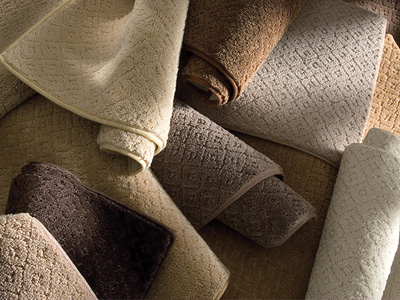

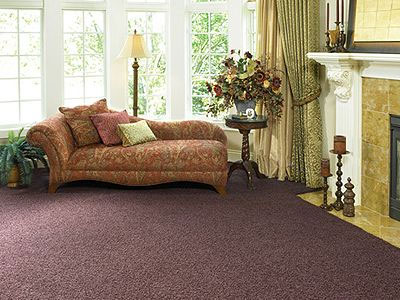
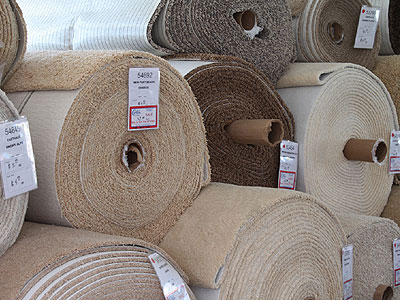

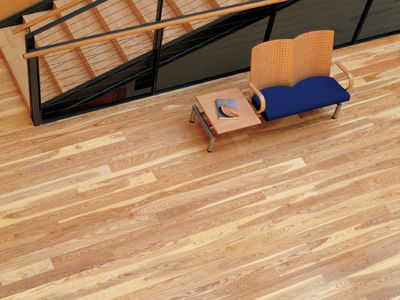
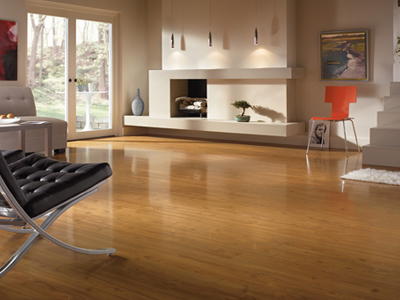

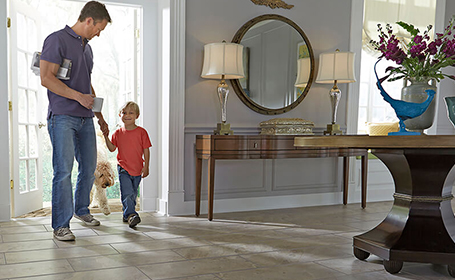
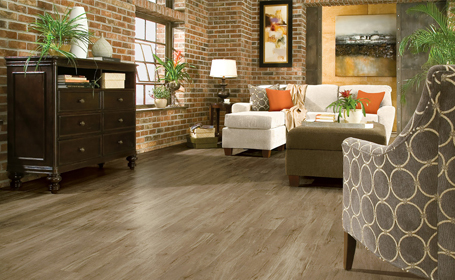
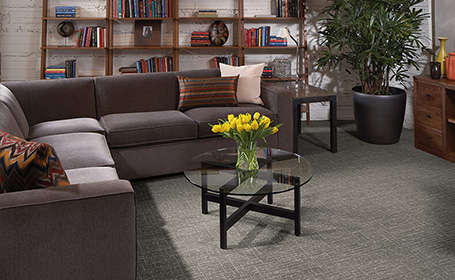
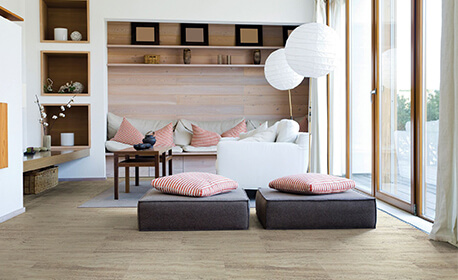
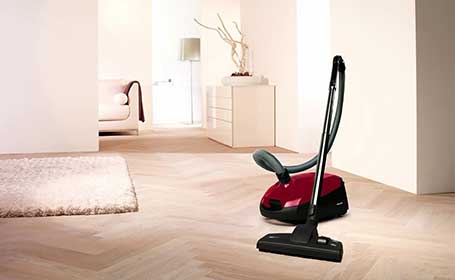
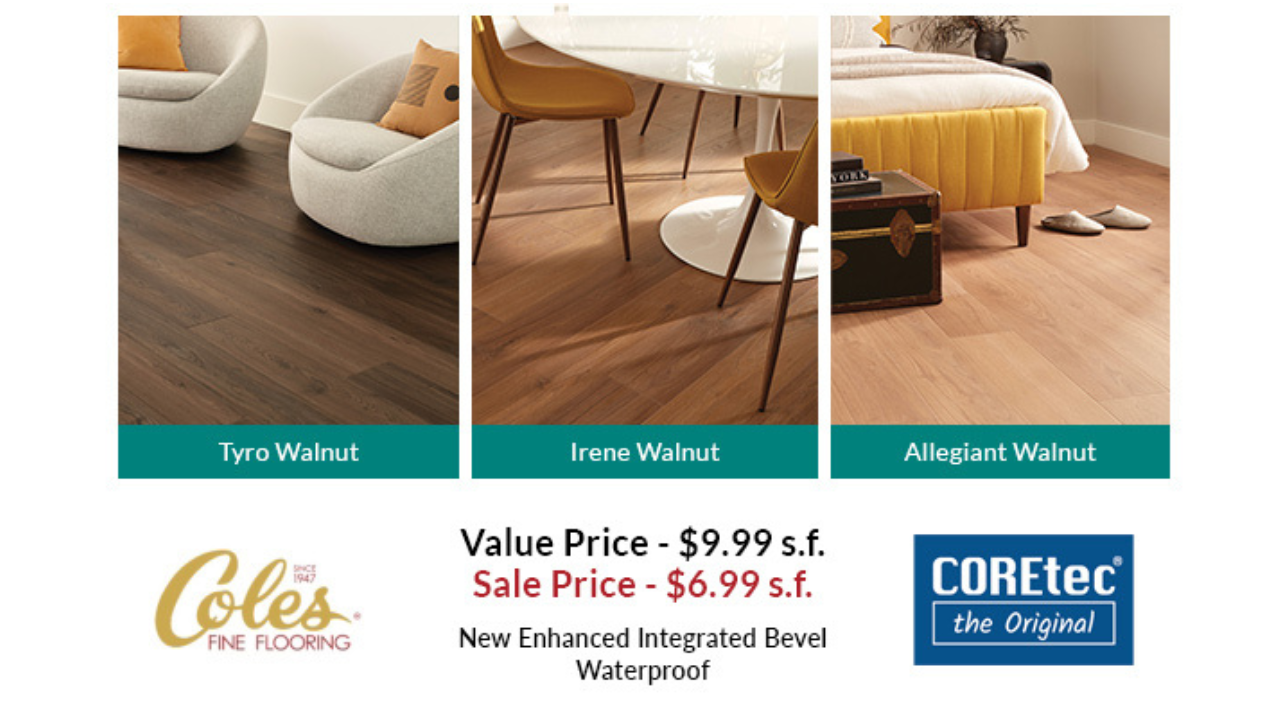

 Prelude Version 2.1
Prelude Version 2.1